Here are some tips and info on how to zest a lemon and delicious ways to use it. The first thing to know, is that lemon zest isn't the entire peel, but only the thin, outermost, bright-yellow layer of the lemon, with none of the underlying white pith attached.

Fragrant with aromatic natural oils, lemon zest brings complex floral and tangy flavors, as well as freshness, aroma, and subtlety to foods. If you want to intensify the lemon flavor in any dessert, most often the best thing to do is to add finely grated lemon zest rather than juice. Zest a Lemon
How to Zest a Lemon
Before zesting, be sure to scrub the lemons thoroughly to remove the water-soluble wax coating that's added to protect them during shipping.
I always use a Microplane (a rasp-style grater) for zesting. Its razor-sharp teeth shave the zest rather than rip or shred it, releasing more essential oils and removing more of the zest than other graters and gadgets.

Holding the lemon in one hand and a Microplane in the other, run the tool lightly, but firmly over a small patch of the fruit’s surface. Use the Microplane with its well facing up and hold the fruit below it, this will allow better and you'll be able to measure it more easily. To use the zest as a garnish, hold the lemon above the tool, with its well facing down, allowing the zest to gently fall over the dish.
Other graters tend to nick at the lemon peel, yielding much less grated zest yet grabbing the pith right along with the zest. The Microplane grabs only the yellow zest—a minor miracle in itself.
NOTE: Besides zesting citrus, you can use the Microplane to grate Parmesan, or quickly turn garlic cloves or ginger knobs into a paste. And this zesting technique doesn't just apply to lemons. Use them for limes, oranges, and grapefruit too.
Zesting Tips
- If you'll be using both the juice and the zest of a lemon, grate or peel the zest first.
- Finely grated zest releases more flavor than larger strips.
- The lemon's volatile oils are strongest just after zesting, so remove the zest just before using.
- If you have more lemons on hand than you can use, grate or peel the zest, juice the lemons, and then freeze the zest and juice separately. Well wrapped, they'll keep for up
- Grate lemon zest over waxed paper to make it easier to gather for measuring. to three months.
- When grating lemon zest, you want just the thin yellow top coat of the skin. Overzealous zesting will result in bitter flavors.

10 Ways to use Lemon Zest
1. Lemon Butter: Mix softened butter with lemon zest and a pinch of salt to create a delicious spread for bread, rolls, or cooked vegetables. It adds richness and tanginess to every bite.
2. Lemon Sugar: Combine lemon zest with granulated sugar and let it sit for a while to infuse the sugar with citrus flavor. Use this lemon sugar to sprinkle over pancakes, waffles, or to rim cocktail glasses for a tasty twist.
3. Tea or Infused Water: Stir lemon zest into hot tea or cold infused water for a refreshing beverage with a hint of citrus. It's a simple way to elevate your drink.
4. Sauces and Dressings: Incorporate lemon zest into homemade sauces or salad dressings to brighten up the flavors. It pairs well with herbs like basil or thyme in savory sauces.
5. Grilled Foods: Before grilling meats or vegetables, rub them with lemon zest mixed with olive oil and seasonings. It adds a zesty flavor and helps caramelize the food on the grill.
6. Pasta Dishes: Toss lemon zest into pasta dishes like spaghetti or shrimp scampi for a tangy twist. It enhances the overall flavor and adds a refreshing element to the dish.
7. Salads: Sprinkle lemon zest over salads for a fresh and zesty flavor. It adds a pop of brightness without making the salad soggy.
8. Marinades: Mix lemon zest with olive oil, garlic, and herbs to create a flavorful marinade for chicken, fish, or vegetables. It helps tenderize the food and infuses it with a tangy taste.
9. Pizza toppings: Add lemon zest to finish pizza. Its great on a white pizza or any with vegetables.
10. Baking: Add lemon zest to cake, muffin, or cookie batter for a burst of citrus flavor. Garnish desserts like cheesecake, panna cotta, or fruit tarts with a sprinkle of lemon zest for a decorative touch and extra flavor kick.
Recipe FAQs
Don’t leave the zest at room temperature for too long, as it’ll will dry out and quickly become brittle. Wrap it tightly and store it in the refrigerator for up to one day. Lemon zest freezes well. You can freeze it for up to 3 months.
You'll get at least a tablespoon of fine, feathery zest from one large lemon.
Lemon Recipes to Try
Sign-up for The Flavor Journal Newsletter and Get a Free e-book!

Let's connect!
Be sure to FOLLOW US on FACEBOOK, INSTAGRAM , TIKTOK and PINTEREST Many thanks!
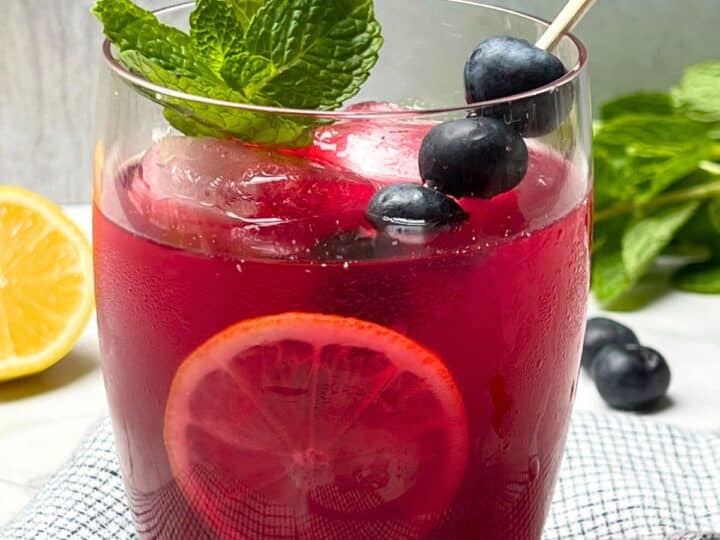
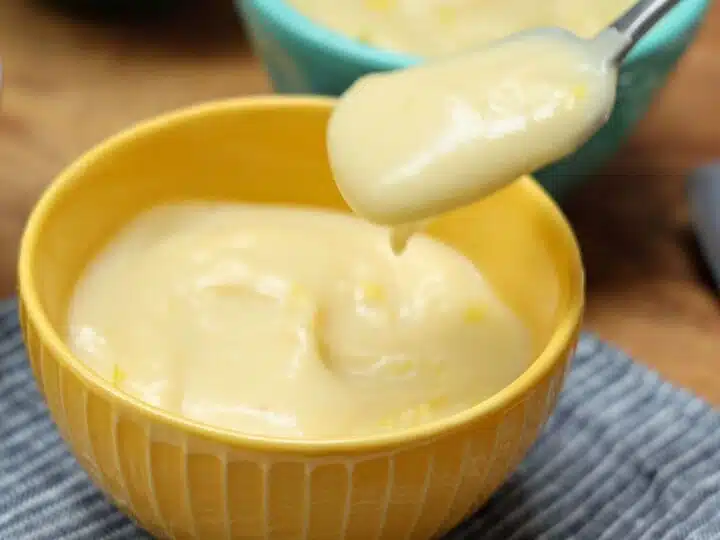
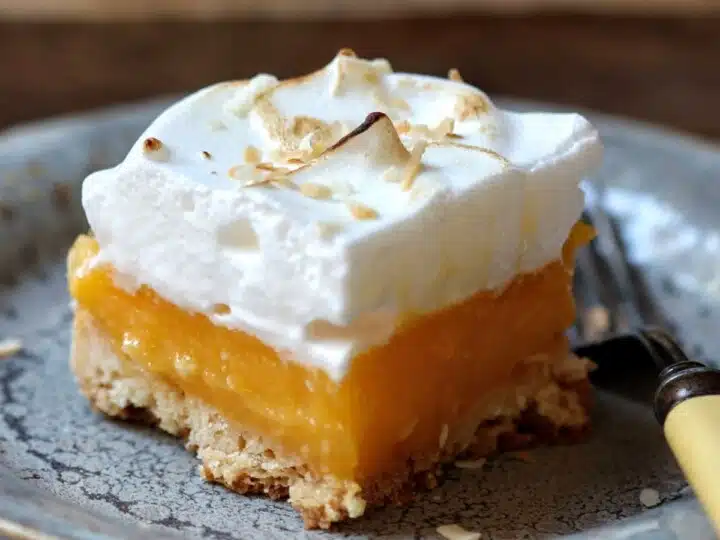
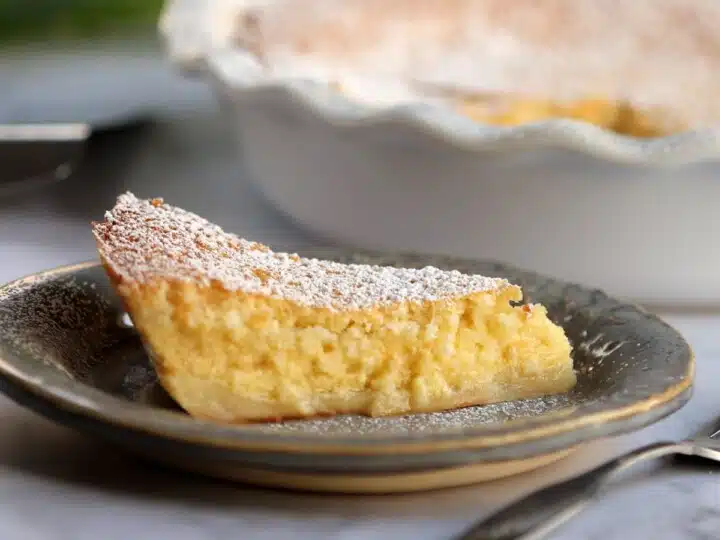
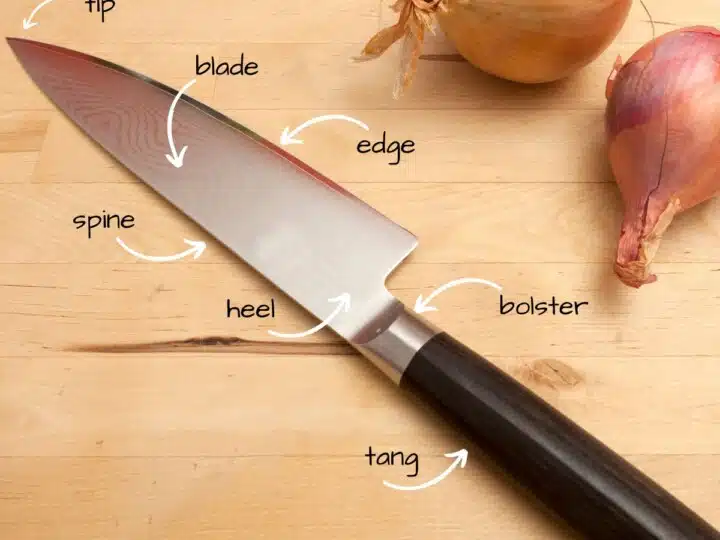

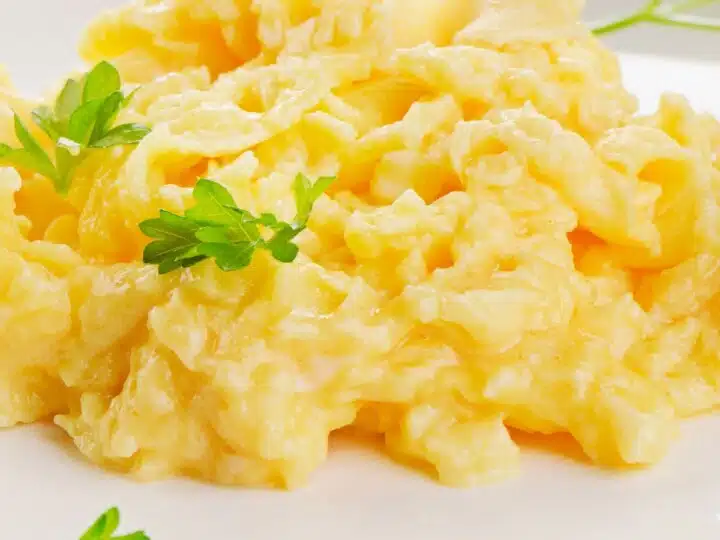

Leave a Comment